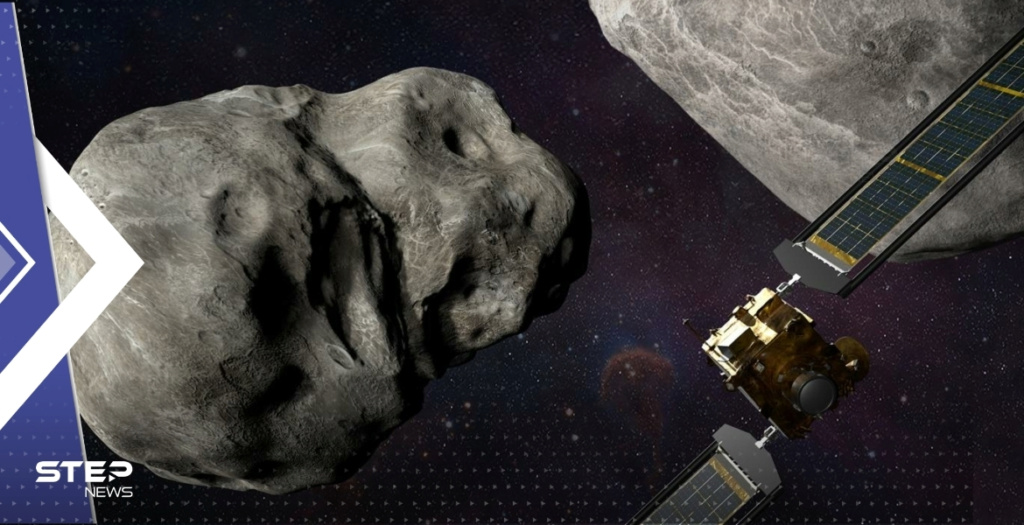NASA is preparing to carry out a "suicide mission" in space, at a cost of 330 million dollars
The US space agency " NASA " is preparing to blow up the "Dart robotic" vehicle, which costs 330 million dollars; By making it collide with the asteroid Demorphos, on a "suicide mission" to see if the asteroids could be diverted if one were detected on a collision course with Earth.
NASA prepares to detonate a vehicle
In a report, the British newspaper The Guardian explained that this half-ton spacecraft launched by the US space agency “will be traveling at more than 4 miles per second when it hits its target and crashes.”
And the US space agency, "NASA", said that monitoring the impact of "DART" on the orbit of Demorphos will provide important data on the extent to which spacecraft are able to protect Earth from a devastating asteroid.
While, according to the British report, it is expected that this vehicle will hit its target in the early hours of September 27, GMT.
Scientists at the US Space Agency believe that by studying the trajectory of the asteroid after the collision, they will better understand how similar collisions can be employed to scatter asteroids and comets heading to Earth.

NASA is preparing to carry out a "suicide mission" in space, at a cost of 330 million dollars
The reason why NASA chose the dart vehicle
Commenting on the selection of the dart, Jay Tate, director of the National Center for Near-Earth Object Information in Knighton, Powis County, said: "The dart target was chosen carefully."
He added: "Demorphos is actually orbiting another larger asteroid called Didymos, and it would be easy to detect the extent of the deflection caused by the impact; Because astronomers are watching its path around the larger asteroid very well.”
According to the Guardian, the orbital goal is 160 meters in diameter, and orbits the parent asteroid every 12 hours. Images of the asteroid impact have rotated and will be sent to ground controllers.
Ground-based telescopes will then study the asteroid and determine how its orbit has changed.
"This way, we'll gain an idea of how easily incoming asteroids or comets can be scattered," Tate added.
NASA plans to send a craft to Demorphos
The European Space Agency is also scheduled to send a robotic spacecraft "HERA" in 2024 to Demorphos to study the crater left by Dart and analyze its collision with the asteroid.
https://stepagency-sy.net/2022/09/04/%D9%86%D8%A7%D8%B3%D8%A7-%D8%AA%D8%B3%D8%AA%D8%B9%D8%AF-%D9%84%D8%AA%D9%86%D9%81%D9%8A%D8%B0-%D9%85%D9%87%D9%85%D8%A9/?utm_campaign=nabdapp.com&utm_medium=referral&utm_source=nabdapp.com&ocid=Nabd_App

